Antique décor | Current trends in contemporary spaces
The conversations bridging the gap between 21st-century interior design trends and antique furniture and décor have transcended antiques as mere nostalgia to these pieces becoming integral elements of modern design. Today, more than ever, homeowners are drawn to the high-end layered charm and unique craftsmanship that antiques bring to living spaces.
Nestled within the heart of premium antique aficionados, The Crown Collection Interior Décor Store is a beacon of timeless elegance. Each ‘room’ offers a curated selection of exquisite antique furniture and accessories that complement contemporary styles and modern design trends.
For avid collectors, interior design enthusiasts, or those simply seeking to elevate their homes with a distinctive style narrative, the Crown Collection experience promises an unparalleled journey into the world of fine antiques, French-style furniture, and accessories.
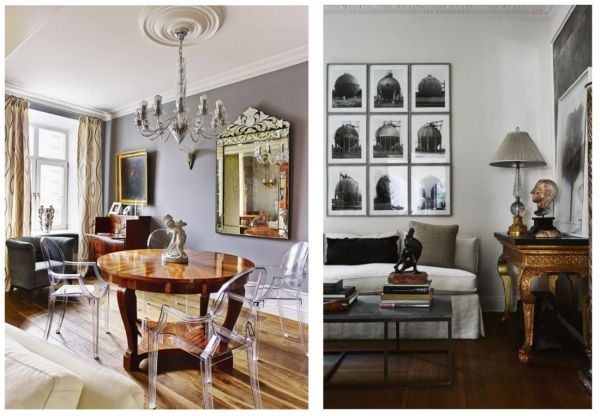
With personality-driven spaces at the forefront, explore the current trends shaping the world of antique décor, from popular styles to emerging markets and the cyclical nature of these timeless treasures.
Popular antique styles & periods in demand
Furniture styles and trends have always been driven by a blend of historical reverence, contemporary taste, and global accessibility. Some of these keep emerging as ideal options to balance out contemporary aesthetics and modern minimalist design principles.
It’s all about reinterpreting the classic styles of furniture to suit the way we live today.
- Victorian Elegance: A current trend prediction is a resurgence of formal entertaining and conversational spaces. Known for its ornate details and rich materials, Victorian furniture fits this brief and continues to captivate with its intricate carvings and fabrics. Pieces like dome chairs, conversation settees, ornamental mirrors, dining chairs mixed with modern tables, and decorative armoires are all coveted for their ‘formal’ grandeur and historical significance. This is also the perfect ‘upcycling’ opportunity to turn your modern living room into a ‘cocktail lounge’ by repurposing antique furniture into chic drinks cabinets.

- Mid-Century Modern: While not traditionally considered antiques, mid-century modern pieces – from the 1950s and 1960s – have gained immense popularity. Characterised by clean lines, organic forms, and innovative use of materials – like teak and plywood – these pieces seamlessly blend into contemporary interiors, offering a retro yet sophisticated and timeless appeal. This design narrative is the perfect backdrop to showcase beautiful antique drinks accessories and servingware.
- Art Deco Glamour: Art Deco remains a perennial favourite for its bold geometric patterns, luxurious materials and finishes – such as lacquered wood and chrome – and a distinctive blend of elegance and modernity. Items like streamlined cocktail cabinets, crystalware and mirrored furniture add a touch of Jazz Age sophistication to any room.
Influence of contemporary tastes on antique trends
Contemporary design preferences have heavily influenced the resurgence of antique décor. The shift towards sustainability and unique, personalised interiors has sparked renewed interest in antiques.
It’s all about celebrating the beauty and artistry of major design moments in history and appreciating handcrafted craftsmanship.

Homeowners are seeking pieces that tell a story and will add character and depth to their spaces while reducing their environmental footprint. Plus, the rising trend of Afro-eclectic and maximalist interior styles has encouraged the mixing of antique and modern elements. This fusion allows for creative expression and the creation of spaces that feel curated rather than mass-produced.
Emerging markets and demographics
Antiques are no longer confined to traditional markets or older generations. Younger demographics – particularly millennials and Gen Z – are embracing antiques as statement pieces that reflect their individuality and appreciation for craftsmanship. Online platforms and social media have played a crucial role in making antiques accessible and appealing to a global audience.
It’s all about the ’grandmillemial’ home-styling trend that thoughtfully blends traditional, often ‘granny-chic’ elements with modern touches, creating a cosy, nostalgic, and highly personalised aesthetic.

Regions once overlooked for their antique markets are now flourishing. Emerging markets in Asia, Latin America, and Eastern Europe are witnessing a surge in demand for Western and local antique pieces, contributing to a diverse and vibrant global marketplace.
Examples of trending antique pieces or styles
- Chinese Chinoiserie: Intricately decorated lacquer cabinets, porcelain vases, and screens featuring motifs like dragons and landscapes are highly sought after for their exotic allure and cultural significance.
- French Provincial: This would include timeless pieces such as Louis XV armchairs – which make immediate statement pieces, bleached farmhouse tables which embody rustic elegance and are favoured for their relaxed charm and craftsmanship and their ability to highlight the natural beauty of the woodgrain, and decorative gilt mirrors which make small spaces feel larger and are an immediate focal point in minimalist spaces.

The cyclical nature of antique trends
Antique trends operate in cycles influenced by cultural shifts, design movements, and economic factors. What was once considered outdated may resurface as coveted and collectable years later. This cyclical nature encourages collectors and decorators to appreciate antiques not just for their aesthetic value but also as investments that grow in cultural and monetary worth over time.

At The Crown Collection, we recognise the cyclical nature of antique trends. Our expert curators carefully select pieces that transcend time, ensuring that each acquisition holds intrinsic value and potential for future appreciation. Whether you’re starting your collection or adding to an existing ensemble, we are dedicated to assisting you in finding pieces that resonate with your style and investment goals.
A premium destination | Online and in-store
Beyond preserving history, The Crown Collection embraces contemporary design sensibilities. We understand the evolving preferences of today’s discerning clientele who are on the hunt for timeless statements that harmonise with modern living. Our pieces are handpicked to seamlessly integrate into eclectic interiors, offering versatility and sophistication that transcend fleeting trends.

Experience the essence of The Crown Collection both online and in-store. Our meticulously designed website invites you to explore our catalogue (of over 5,000 items) from the comfort of your home, offering detailed descriptions and high-resolution images that capture the essence of each piece.
For those seeking a tactile experience, our exquisite showroom – located at 20 Ballyclare Drive, Bryanston – provides a sanctuary where you can immerse yourself in the beauty and craftsmanship of our curated collection, where our commitment to quality and authenticity is on display.














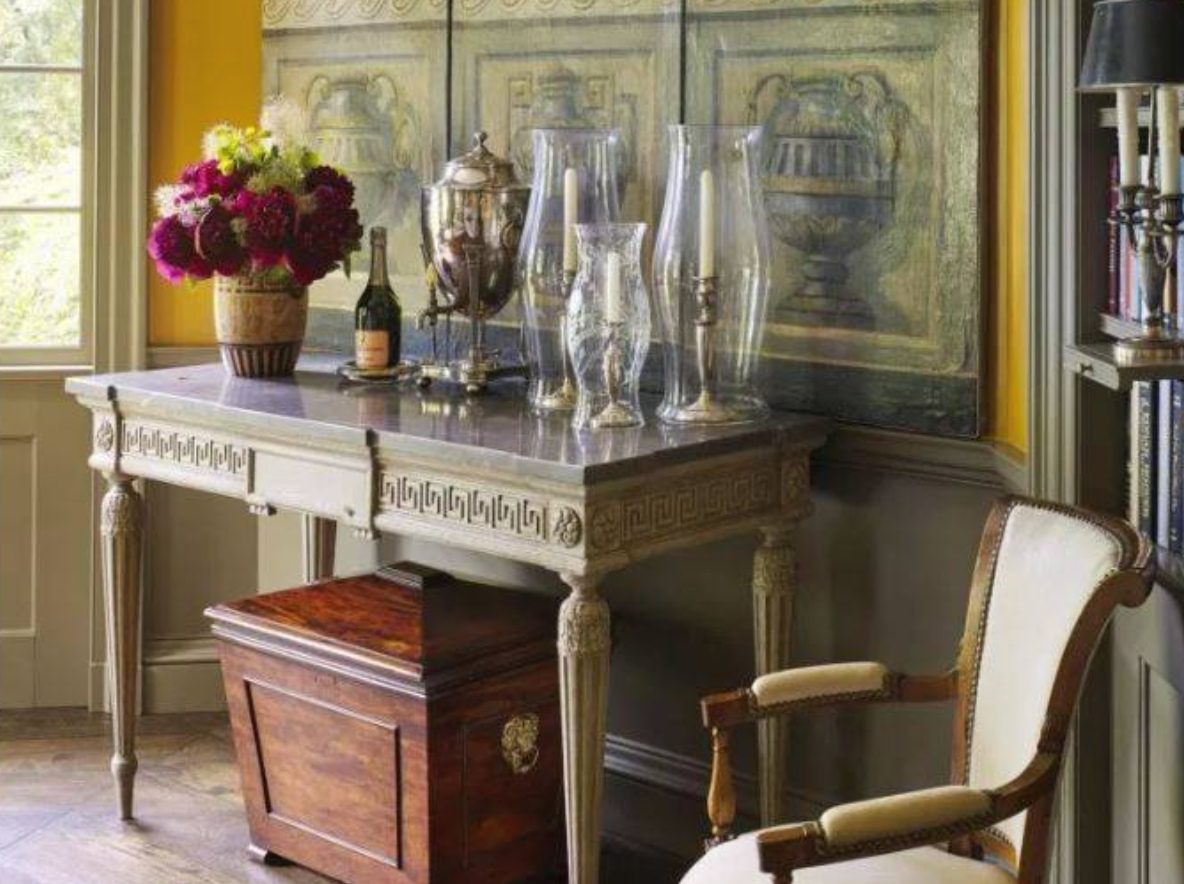
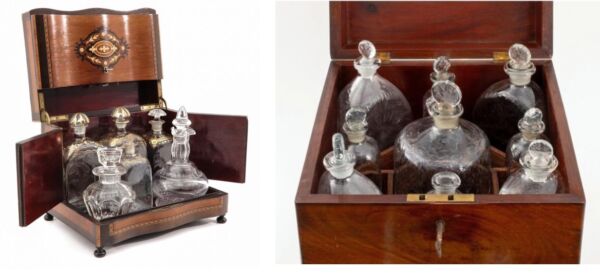







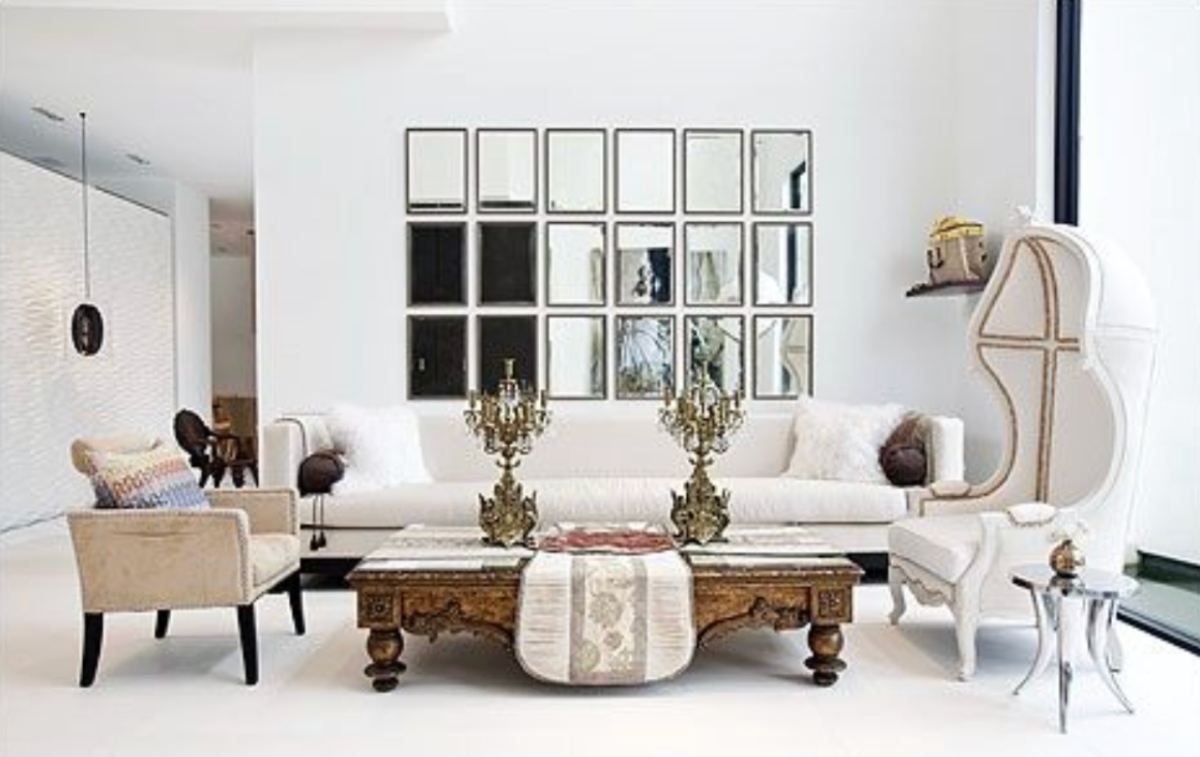
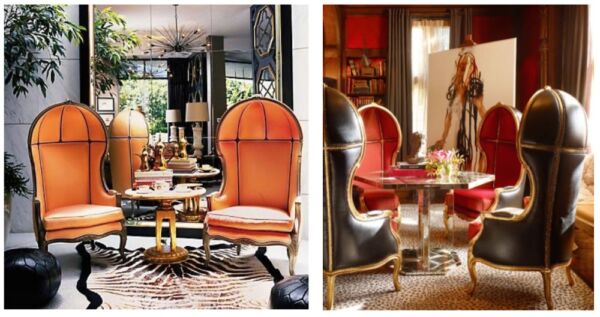

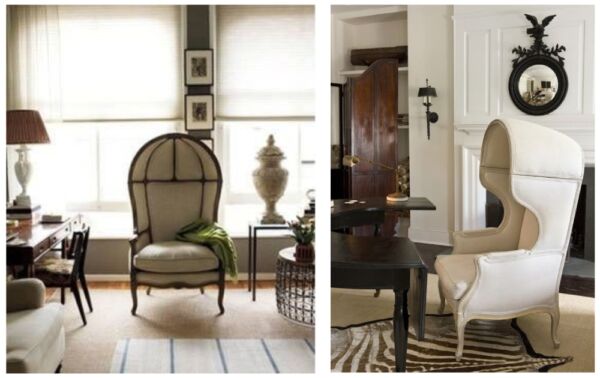
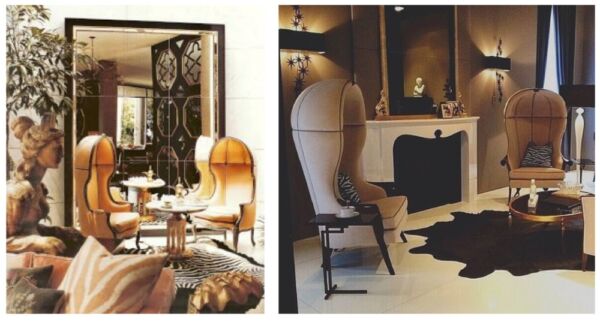
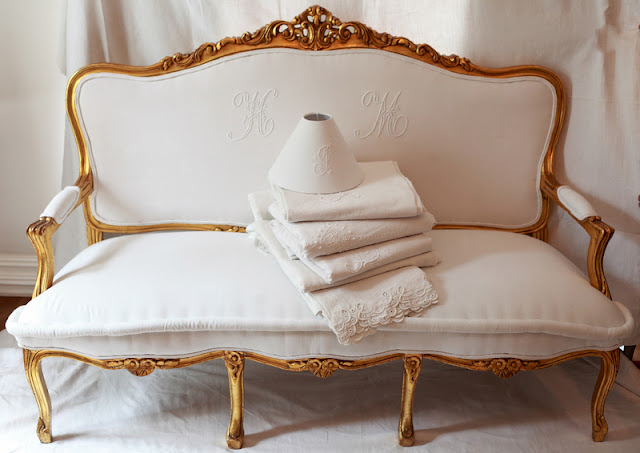
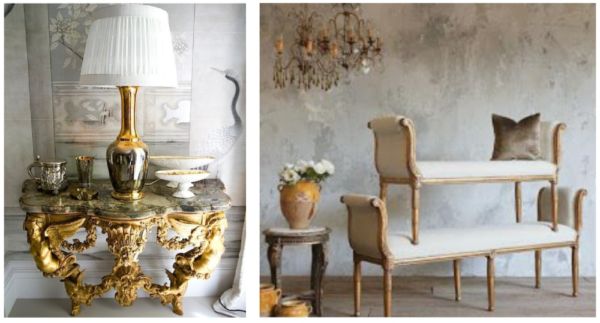
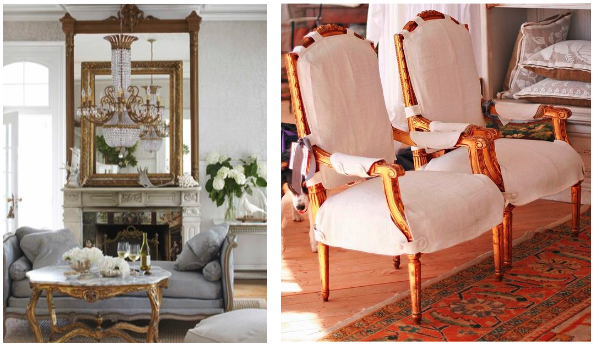
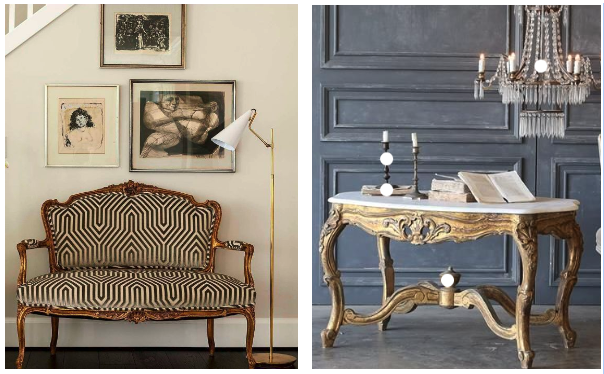
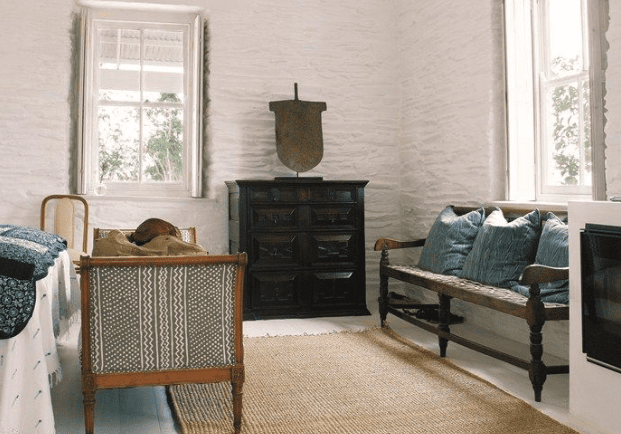
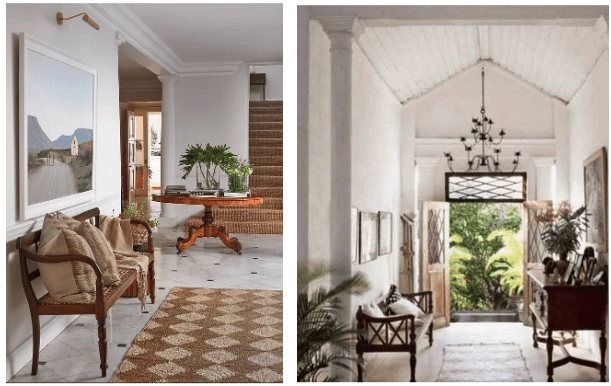

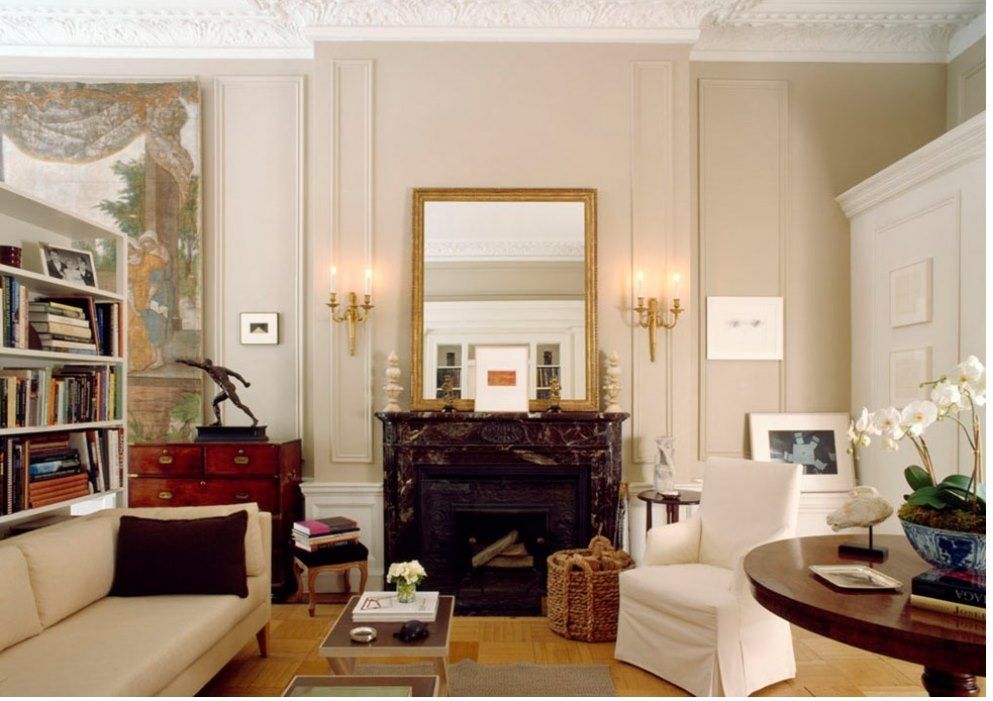
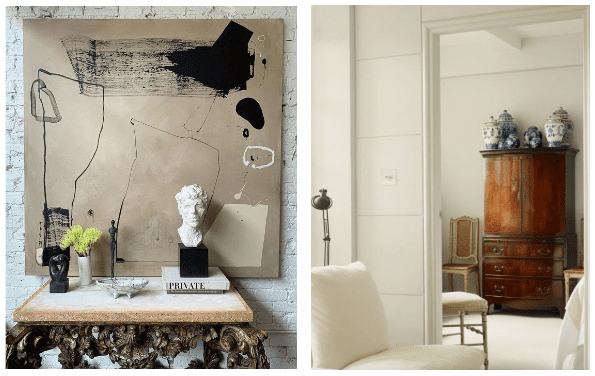
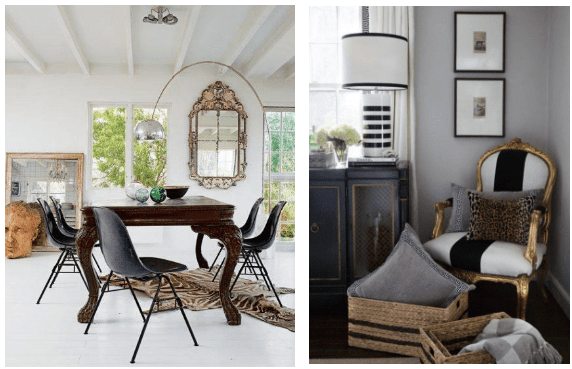
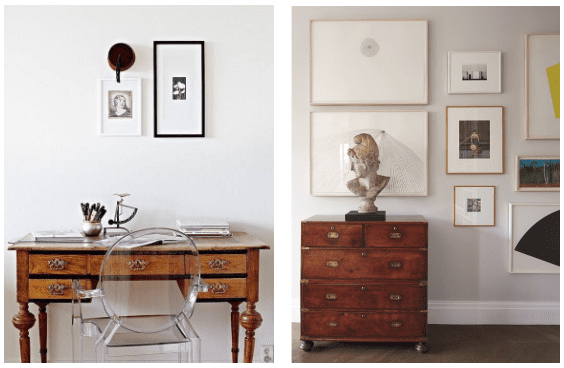

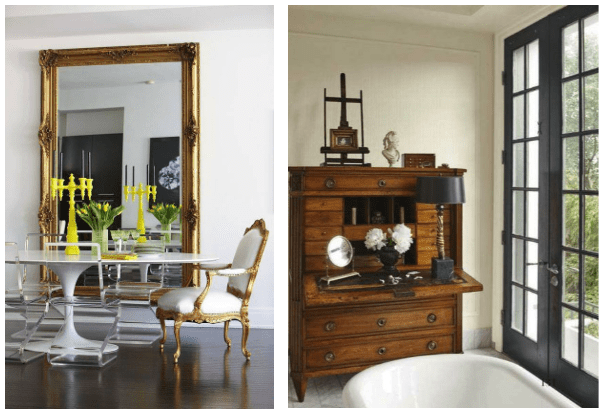
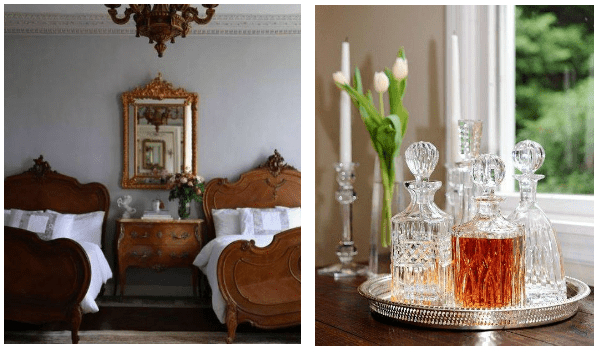
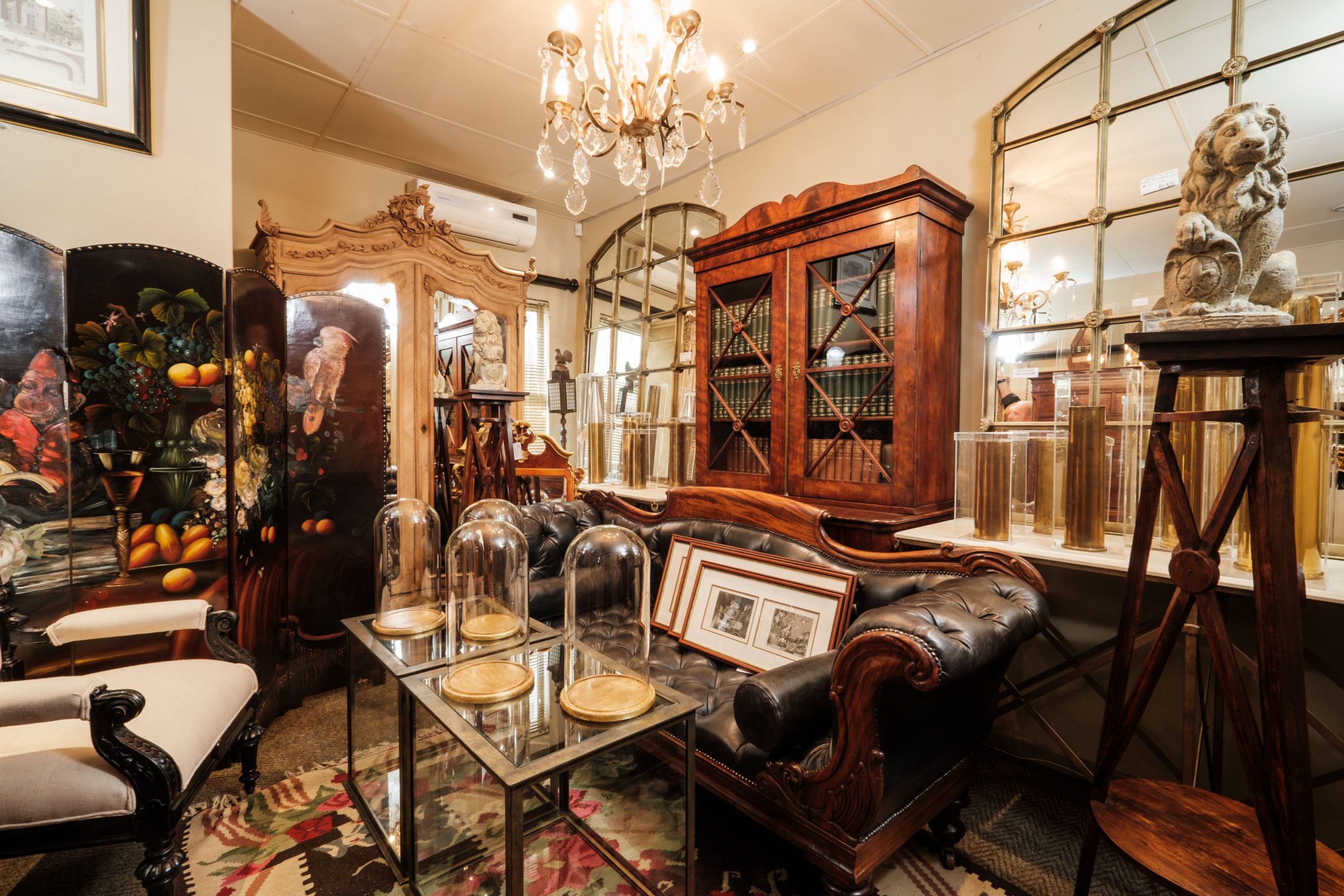


 Whatsapp us now
Whatsapp us now